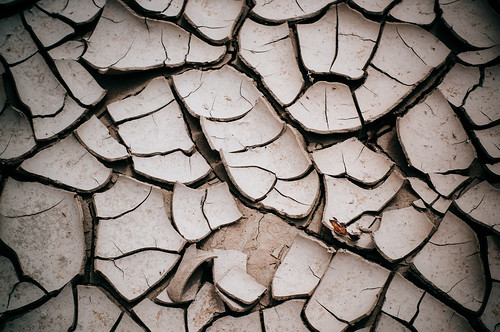

craiglkirk
Cracks in the mud
Folks who don’t know the desert well tend to think of it as a desolate, hostile place: an awful stretch of road where you get stranded on your way to something else, or a sort of purgatory you get stuck in, for some measure of forced character growth. In love songs and bad poems, the desert is accused of missing the rain; after all, a desert climate is defined by its dryness, and anything so clearly defined must, by nature, crave its opposite. Right?
But here’s the thing: if a desert has been around for a while, it probably doesn’t miss rain, not as much as you might think. It’s probably doing just fine.
The earth here might look barren in the light of day. But between the cracks in the valley floors, in rock-piles and nests secreted into crevices, you’ll find countless species that have spent millennia figuring out how to thrive right here. It’s all about the adaptive strategies. There are blossoms, spines, twisted roots curling beneath and between things. There are ears and feathers positioned just so, to release heat from bodies. Take a keen interest in dusk, when the temperature drops, and you’ll be rewarded with a chorus of whirring insects and birdsong, owls and coyotes.
You can stay a while, you can seek out a microclimate that suits you, or you can walk on through. But if you stand still for a moment, if you can let yourself be surprised just a little, you might not miss the rain for long.
Blog photograph copyrighted to the photographer and used with permission by utata.org. All photographs used on utata.org are stored on flickr.com and are obtained via the flickr API. Text is copyrighted to the author, Jenn Wilson and is used with permission by utata.org. Please see Show and Share Your Work
